23 Aug 2023
Reading Room: Carole Itter
-
Carole Itter
ArtistCarole Itter (Canadian, b. 1939) is an artist, writer, performer and filmmaker. Itter began her fine art studies at the University of British Columbia (1958, 1963) and continued at the Vancouver School of Art, now Emily Carr University (1959-1962), and at L’Accademia di Belle Arti in Rome (1964). Itter also worked seasonally at Theatre Under the Stars professional scene shop in Vancouver (1958-61). Solo exhibitions of her work include Western Front, Or Gallery, grunt gallery, Open Space, Vancouver Art Gallery and SFU Galleries’ Audain Gallery. Her work was included in WACK! Art and the Feminist Revolution at the Vancouver Art Gallery in 2008 and in Traffic: Conceptual Art in Canada 1965-80,which toured across Canadian institutions from 2010-13. She is the author of Whistle Daughter Whistle (1982) and with Daphne Marlatt, she compiled and edited Opening Doors (1979), an archive of oral history about Vancouver’s East End. Itter collaborated with artist and musician Al Neil and joined him at the Blue Cabin in North Vancouver in the late 1970s, which was the start of a residency that would span more than thirty-five years. The cabin was a place of inspiration and art production for her while she maintained her residence and studio in the Vancouver neighbourhood of Strathcona, where she has lived since the early 1970s. Itter’s work is included in the collections of the Morris and Helen Belkin Art Gallery, SFU Galleries, Vancouver Art Gallery, Burnaby Art Gallery, Surrey Art Gallery, Nanaimo Art Gallery, Canada Council Art Bank and Vancouver Public Library. She was awarded the VIVA award (1989) and the Audain Prize (2017).
Read More
The exhibition Carole Itter: Only when I’m hauling water do I wonder if I’m getting any stronger traces a selection of the artist’s expansive practice that extends from the 1960s to the present. Focusing on her attention to locality, language and choreography, the title references Itter’s writing and points to her self-reflexive labour as an artist, as a woman and as an inhabitant of shacks, old houses and cooperatives on the West Coast.
This reading room offers resources relating to the themes present in this exhibition.
BIBLIOGRAPHY
Alteen, Glenn. “Song of the Inlet.” SFU Galleries Blog, December 21, 2022, https://www.sfu.ca/galleries/sfu-galleries-blog/blog-2023/Glenn_Alteen_Song_of_the_Inlet.html
Alteen traces Itter’s 30-year interest in the Burrard Inlet and her more recent attentiveness to the geese populations that live there. Accompanying SFU Galleries’ Audain Gallery exhibition Carole Itter: Please Meet the Geese Who Have Lived Here Forever: Set, Properties, and Film (2023), Alteen points to how Itter’s multi-disciplinary practice resonates heavily with today’s political, social, cultural and environmental climate.
Arnold, Grant and Karen Henry, eds. Traffic: Conceptual Art in Canada 1965-1980. Edmonton: Art Gallery of Alberta, 2012.
Highlighting work from more than 90 artists, including Carole Itter, Traffic tracks the expansive explorations of conceptual art in Canada. The exhibition surveys the geographically specific interests expressed by individual artists, collectives and art communities across Canada. Included is Itter’s The Log’s Log (1973), a work that documents her performance work Personal Baggage (1972-73). Reflecting a trend of interrogating “localism” in conceptual art movements on the West Coast, and created as part of the Halifax/Vancouver Exchange, Itter’s work engages with the geographic expanse of the project by cutting and transporting a cedar log by train to Nova Scotia, where the log was then reassembled on the beach.
Betts, Gregory. Finding Nothing: The VanGardes, 1959-1975. Toronto: University of Toronto Press, 2021.
Finding Nothing: The VanGardes traces the rise of experimental writing in Vancouver and its intersection with visual art, from initial experimentations with collage and concrete poetry, to the exploration of Surrealist imagery and emerging feminist movements. The publication looks at the blurred lines between art and social life in the hopes of inciting an openness towards the potential for widespread socio-political change and includes and contextualizes Itter’s early practice.
Brown, Lorna. “Radial Change: Move to Re-Centre.” In Beginning with the Seventies: Glut, Radial Change, Collective Acts, Hexsa’am. Vancouver: Morris and Helen Belkin Art Gallery, 2020, 115-134.
Brown reflects on Radial Change (2018), the second of four exhibitions included in the curatorial project Beginning with the Seventies. The exhibition focused on documentation of performance works as they immerse the viewer and escape the confines of the record. Included was Itter’s Rattle #4 (c. 1983), the sole surviving element of her larger rattle Winter Garden (1987), which incorporated changing slide projections onto the wooden forms, as well as related documentation of the no-longer extant work.
Hurtig, Annette. “Carole Itter’s Uncanny Recuperation of the Meaning of Wood.” The Capilano Review 2, No. 1 (Fall 1989): 36-42. https://journals.sfu.ca/capreview/index.php/capreview/article/view/1206
Hurtig unpacks Itter’s rejection of normative marketplaces and consumer economies through the seemingly humble materials of found wooden objects. Hurtig points to Itter’s sculptures as inspiring layered bouts of meaning: on the one hand, the objects maintain connections to their original materiality, while on the other hand, they allude to the domestic realm, the monumentality of West Coast ecologies and interrogations of capitalist economies.
Itter, Carole. “On Assemblage.” The Capilano Review 2, No. 1 (Fall 1989): 23-35. https://journals.sfu.ca/capreview/index.php/capreview/issue/view/59/163
Itter defines assemblage-making as a process for articulating social concern—where the maker, who is often responding to the costs of overproduction in our consumer societies—adheres to a shared responsibility to recycle material. In Itter’s conceptualization, assemblage is uniquely (yet not always universally) tied to three defining factors: the creator’s locality, use of multi-media and investment in language.
Saloman, Gabriel. “Carole Itter: Grey Rattle.” An Open Book: A Catalogue of artworks from the Surrey Art Gallery’s Permanent Collection, 2016, 1–6. https://www.surrey.ca/sites/default/files/media/documents/CaroleItterGreyRattle.pdf
Saloman contextualizes Itter’s practice and the various movements, exhibitions and publications that have shaped her career. Focusing on the Grey Rattle: Desolate Combination of Objects, No. 6 (1986-1994) which was at one time part of a larger rattle installation, Saloman traces Itter’s investment in the land, found materials, assemblage and the idea of her creations as living beings.
White, Laurie. “A Braided River: Ecofeminist Currents in Radial Change, Collective Acts and Hexsa’am.” In Beginning with the Seventies: Glut, Radial Change, Collective Acts, Hexsa’am, edited by Lorna Brown. Vancouver: Morris and Helen Belkin Art Gallery, 2020, 243-249.
White focuses on the West Coast as an important site for locating environmental activism and ecofeminist discourse. Through an exploration of Itter’s use of assemblage and performance, this essay looks at how Itter’s practice uses multiple modalities to express dissidence and distress in response to ecological disaster.
“Interview: Carole Itter with Lorna Brown.” Ruins in Process: Vancouver Art in the Sixties. Filmed December 1, 2008. https://vancouverartinthesixties.com/interviews/carol-itter
This interview follows a chronological trajectory of Itter’s life to highlight her expansive and situational practice. Beginning in the mid-1950s, Itter reflects on her educational and community-based influences, and how current events—such as the Vietnam War, the 1970s feminist movement, environmental disasters and the advent of live news broadcasting—left lasting impressions on herself as an artist and on her contemporaries.
Image (above): Carole Itter, A Fish Film (production still), 2003. Collection of the Morris and Helen Belkin Art Gallery, Carole Itter Archive
-
Carole Itter
ArtistCarole Itter (Canadian, b. 1939) is an artist, writer, performer and filmmaker. Itter began her fine art studies at the University of British Columbia (1958, 1963) and continued at the Vancouver School of Art, now Emily Carr University (1959-1962), and at L’Accademia di Belle Arti in Rome (1964). Itter also worked seasonally at Theatre Under the Stars professional scene shop in Vancouver (1958-61). Solo exhibitions of her work include Western Front, Or Gallery, grunt gallery, Open Space, Vancouver Art Gallery and SFU Galleries’ Audain Gallery. Her work was included in WACK! Art and the Feminist Revolution at the Vancouver Art Gallery in 2008 and in Traffic: Conceptual Art in Canada 1965-80,which toured across Canadian institutions from 2010-13. She is the author of Whistle Daughter Whistle (1982) and with Daphne Marlatt, she compiled and edited Opening Doors (1979), an archive of oral history about Vancouver’s East End. Itter collaborated with artist and musician Al Neil and joined him at the Blue Cabin in North Vancouver in the late 1970s, which was the start of a residency that would span more than thirty-five years. The cabin was a place of inspiration and art production for her while she maintained her residence and studio in the Vancouver neighbourhood of Strathcona, where she has lived since the early 1970s. Itter’s work is included in the collections of the Morris and Helen Belkin Art Gallery, SFU Galleries, Vancouver Art Gallery, Burnaby Art Gallery, Surrey Art Gallery, Nanaimo Art Gallery, Canada Council Art Bank and Vancouver Public Library. She was awarded the VIVA award (1989) and the Audain Prize (2017).
Read More
Related
-
Exhibition
5 Sep – 10 Dec 2023
Carole Itter: Only when I’m hauling water do I wonder if I’m getting any stronger
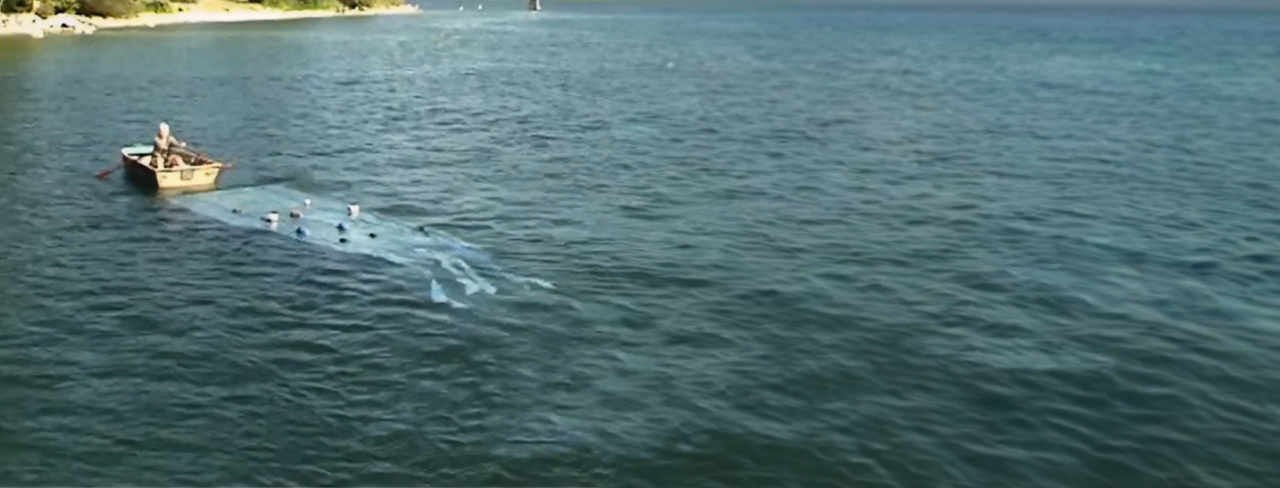
The exhibition brings together a selection of Carole Itter's multidisciplinary works and archival materials from the 1960s to the present.
[more] -
Exhibition
5 Sep – 10 Dec 2023
Koerner Library: Carole Itter
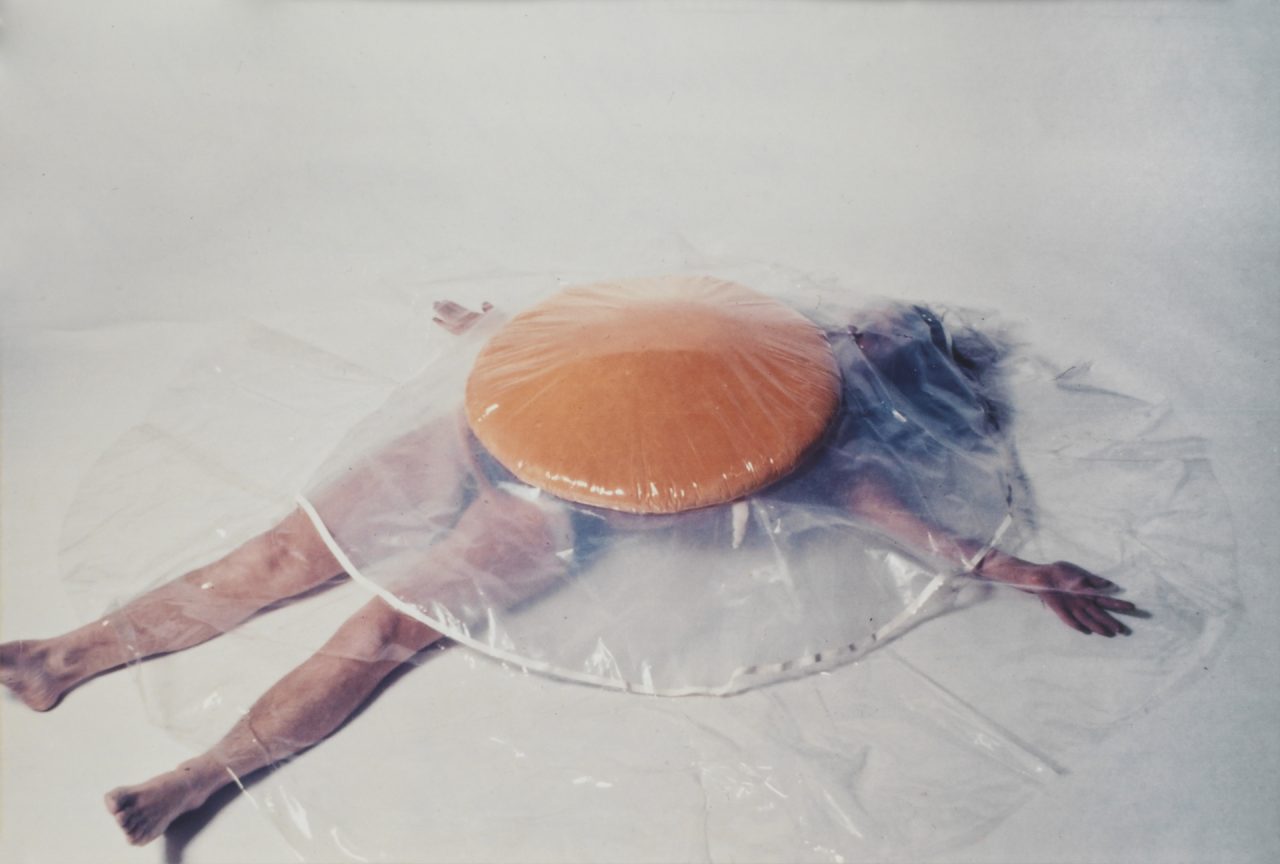
Part of the exhibition Only when I’m hauling water do I wonder if I’m getting any stronger at the Morris and Helen Belkin Art Gallery that examines Carole Itter’s multi-disciplinary artistic practice from the 1960s to the present, Raw Egg Costume exemplifies Itter’s humorous and creative interest in her environment.
[more] -
Exhibition
3 Oct – 10 Dec 2023
Outdoor Screen: Carole Itter

As part of the exhibition Carole Itter: Only when I'm hauling water do I wonder if I'm getting any stronger, the Belkin's Outdoor Screen will show the artist's Tarpaulin Pull (2006) daily from 9 am to 9 pm.
[more] -
Event
Saturday, 14 Oct 2023 at 2 pm
Curatorial Conversation: Glenn Alteen, Daina Augaitis and Kimberly Phillips
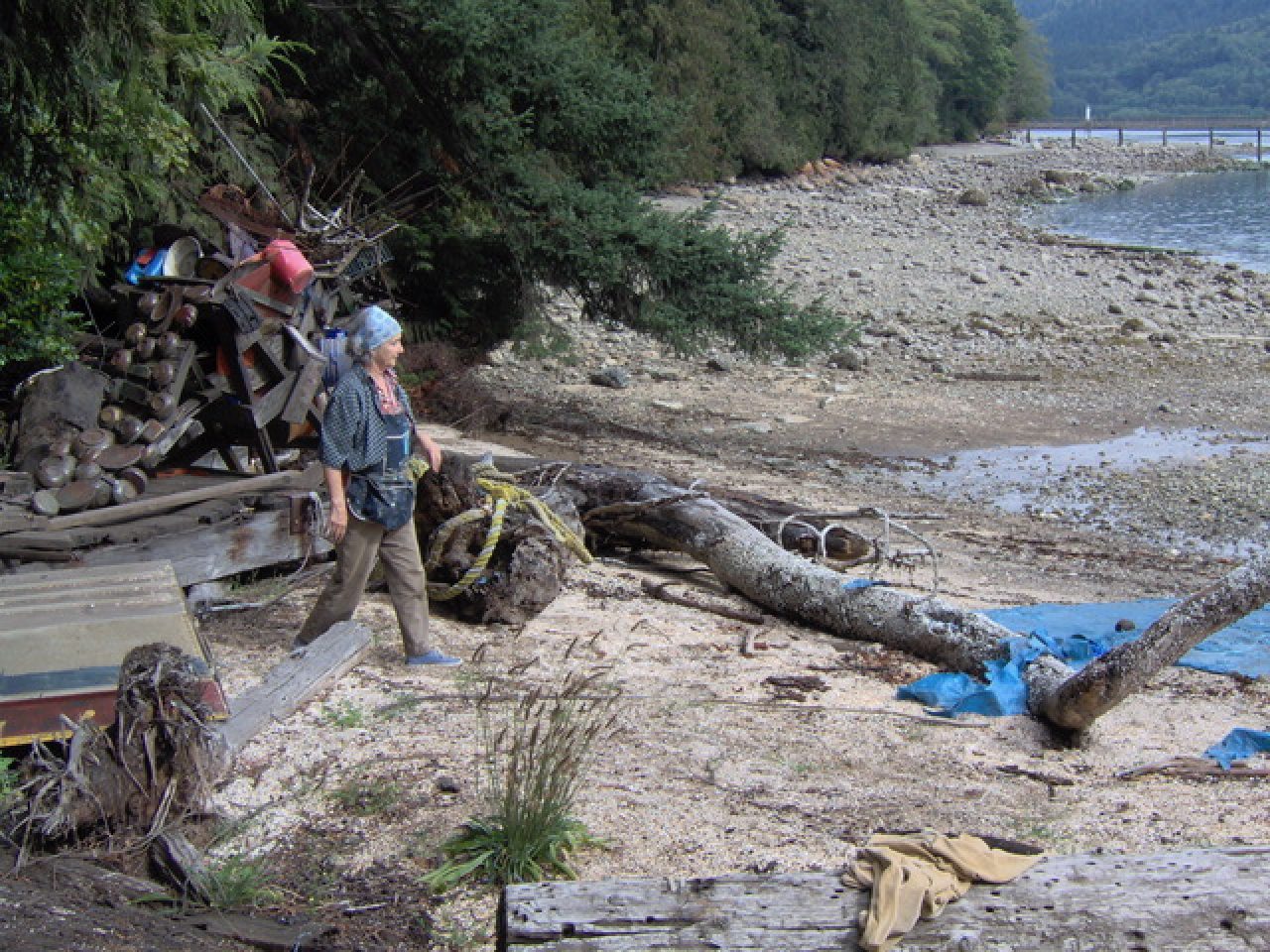
We invite you to join curators Glenn Alteen, Daina Augaitis and Kimberly Phillips to discuss their experiences and perspectives from working with Carole Itter.
[more] -
Event
Saturday, 23 Sep 2023 at 2 pm
Archival Conversation: Carole Itter, Brandon Leung and Dan Pon
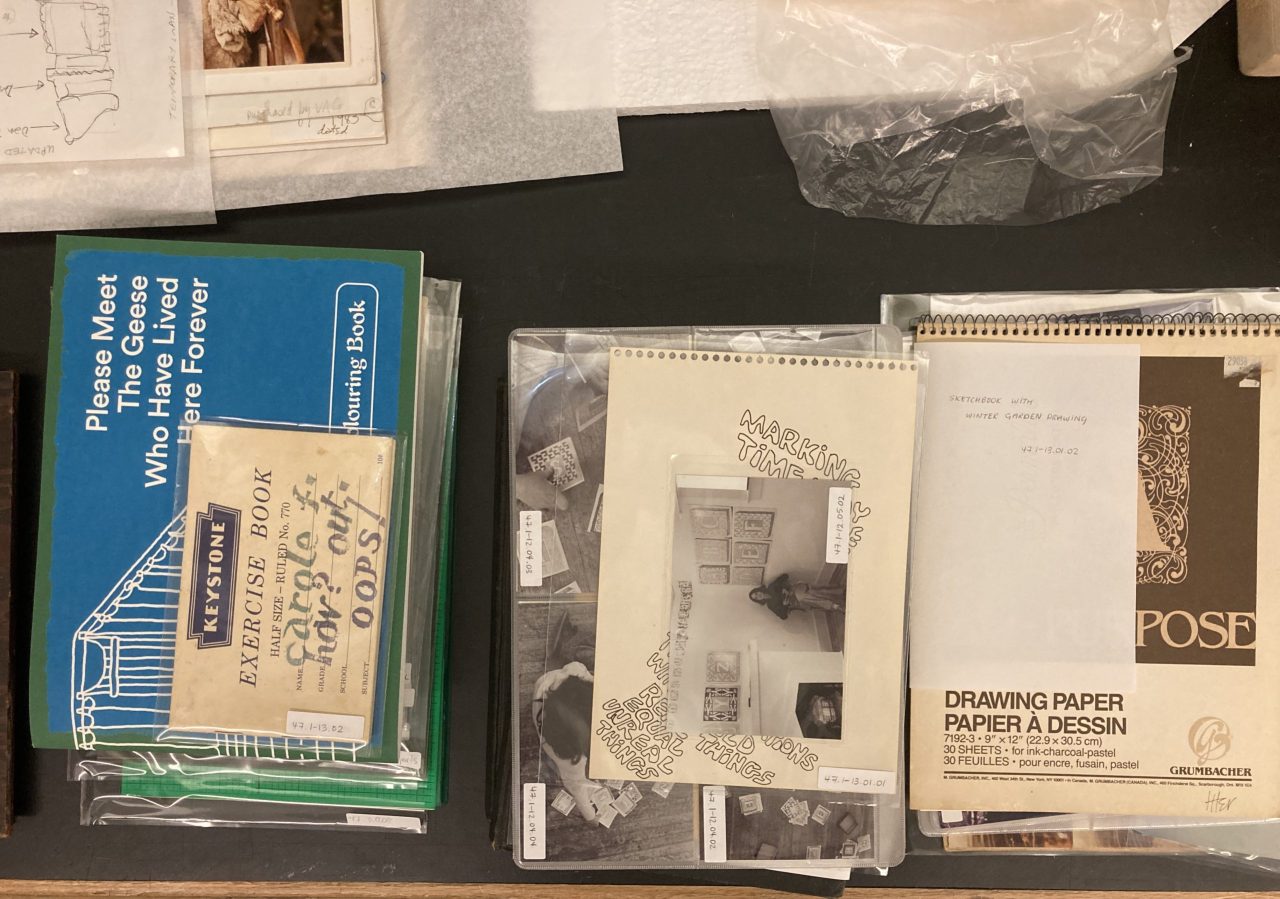
In conjunction with Carole Itter: Only when I’m hauling water do I wonder if I’m getting any stronger, join artist Carole Itter for a conversation on archives with Brandon Leung and Dan Pon.
[more] -
Event
Thursday, 2 Nov 2023 at 6:30 pm
Film Series: Choreography of the Everyday
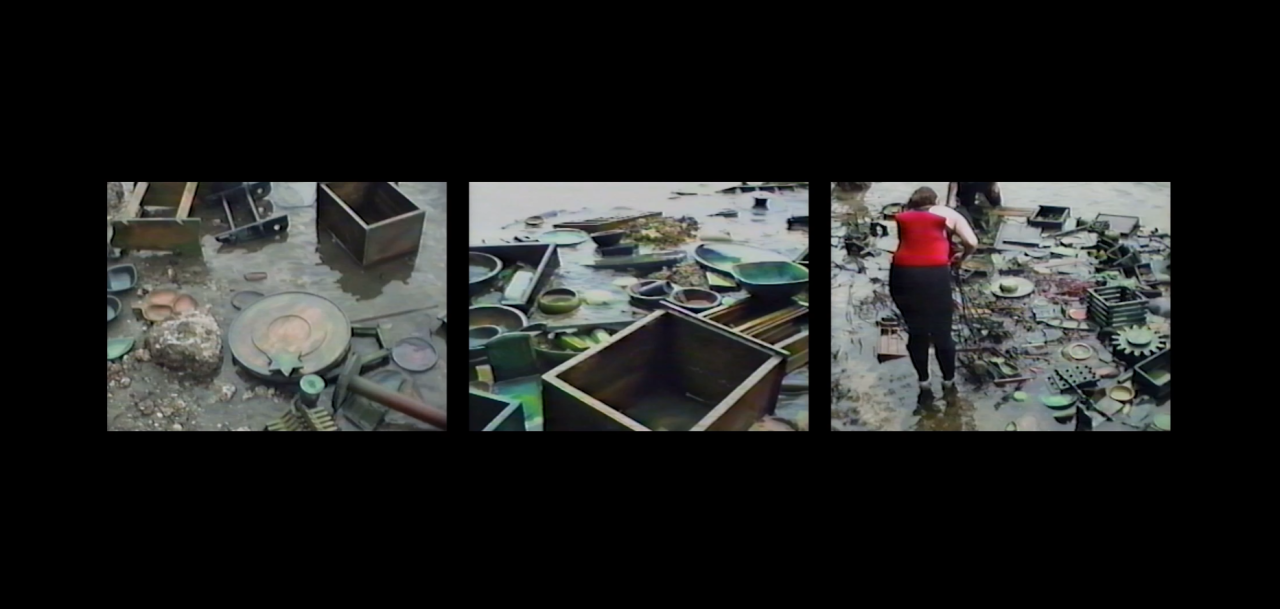
On the occasion of the exhibition Carole Itter: Only when I’m hauling water do I wonder if I’m getting any stronger, the Belkin, in collaboration with The Cinematheque, presents a series of short films delving into the artist's works. These films illuminate the choreography of the everyday within Itter’s artistic realm.
[more] -
Event
Tuesday, 28 Nov 2023 at 4:30 pm
Conversation: Materials and Methods with Olivia Michiko Gagnon, Coleman Nye and Laurie White
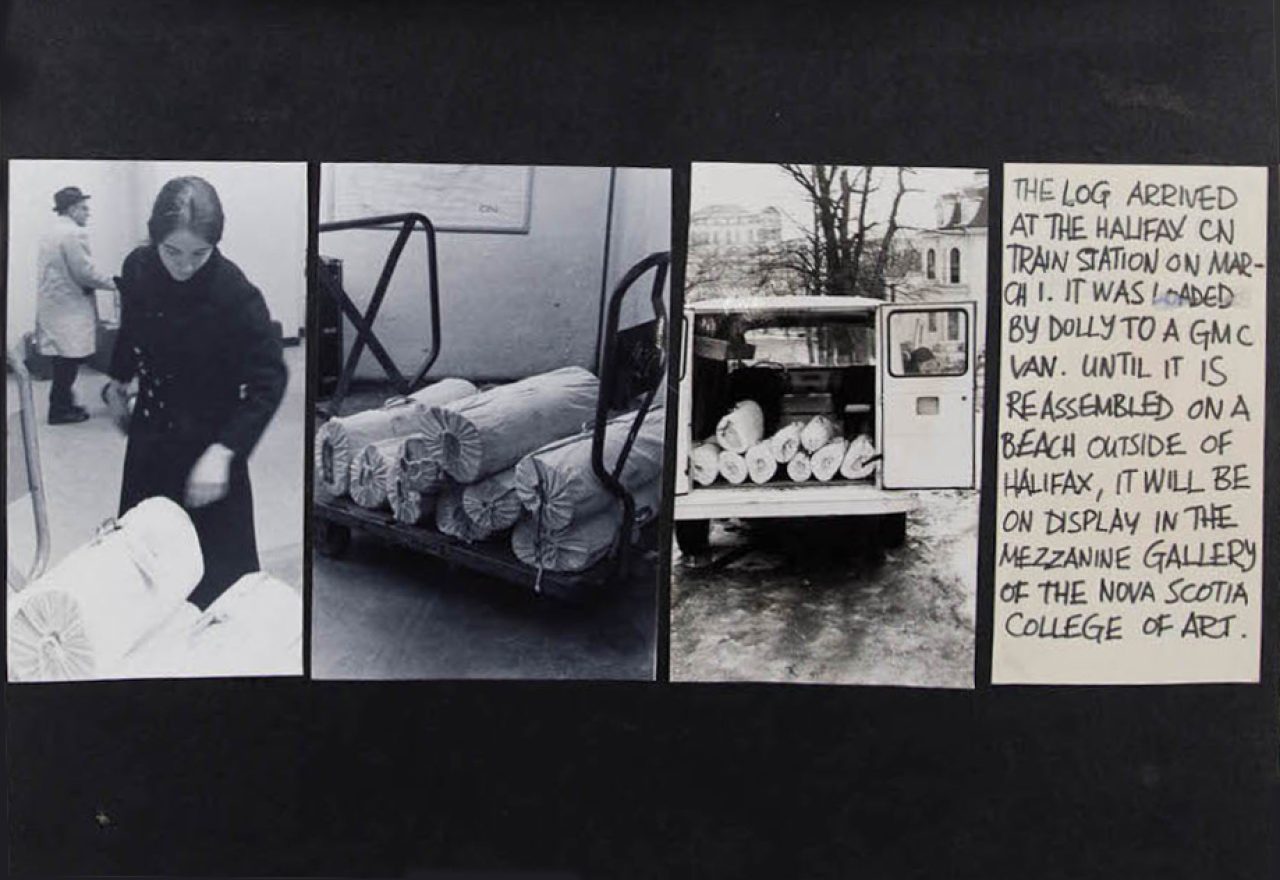
We invite you to join Olivia Michiko Gagnon and Coleman Nye as they share their responses to the works in the exhibition Carole Itter: Only when I'm hauling water do I wonder if I'm getting any stronger and consider the performative, feminist and ecological methodologies that animate Itter’s practice. Moderated by Laurie White, the discussion will attend to Itter’s use of found and salvaged materials, text and language, and her activation of place through choreography.
[more] -
Event
Wednesday, 6 Dec 2023 at 2 pm
Concert at the Belkin: Carole Itter
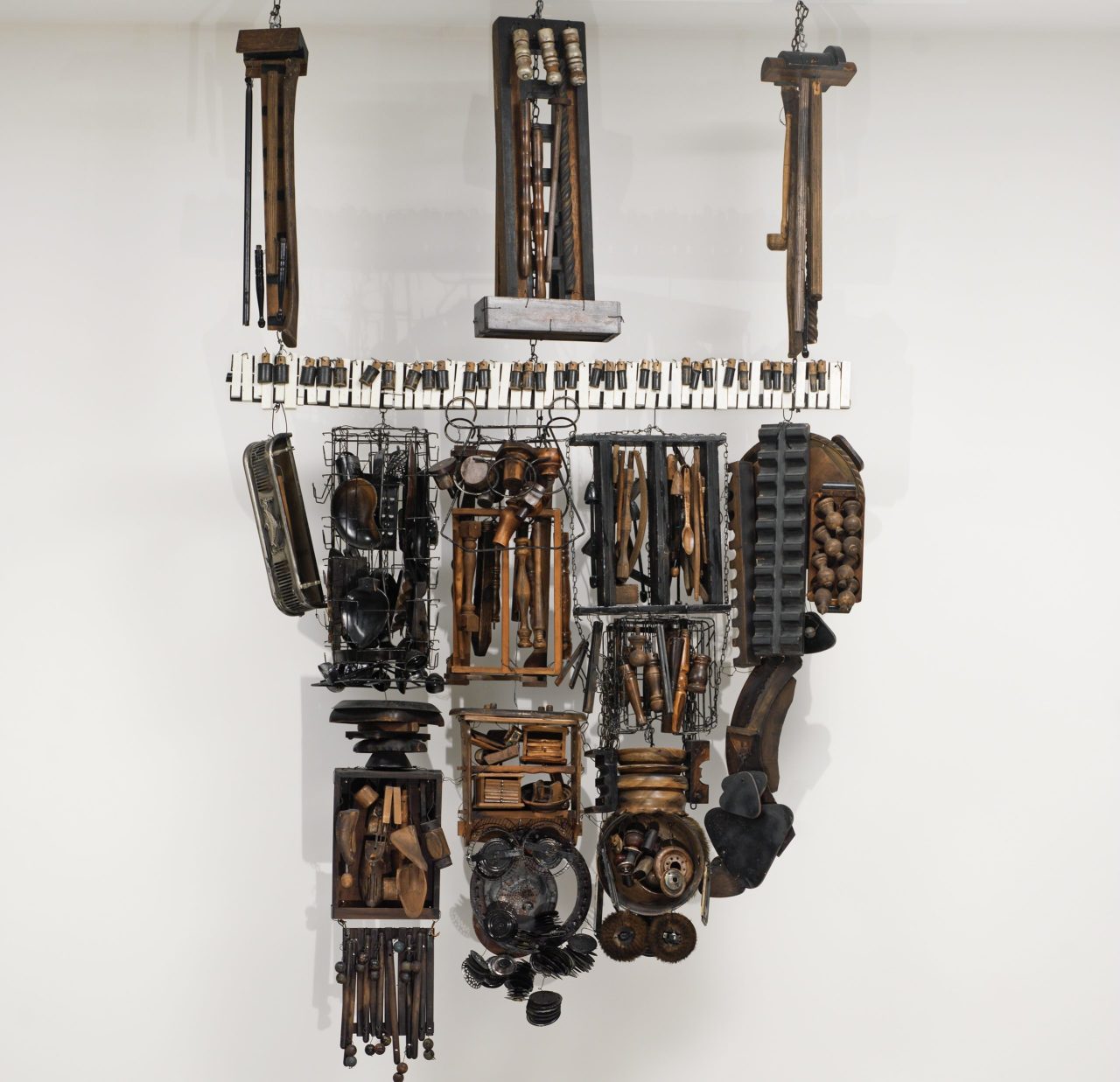
Join us for a concert by the UBC Contemporary Players directed by Paolo Bortolussi and coach Joanne S. Na in a program that celebrates the Belkin’s current exhibition Carole Itter: Only when I'm hauling water do I wonder if I'm getting any stronger.
[more]